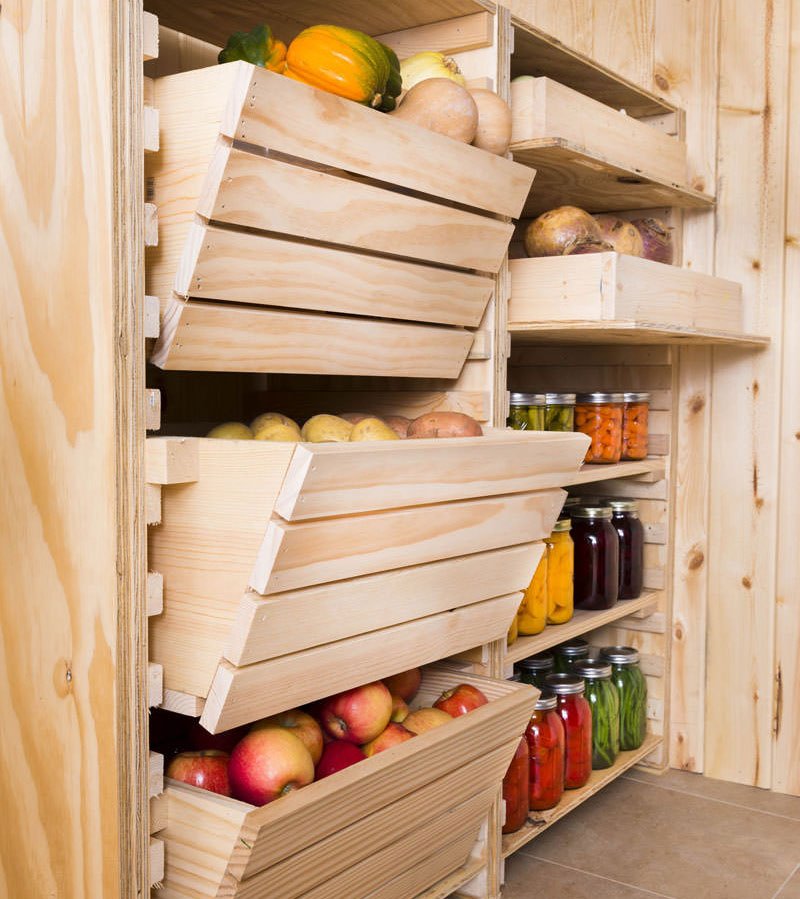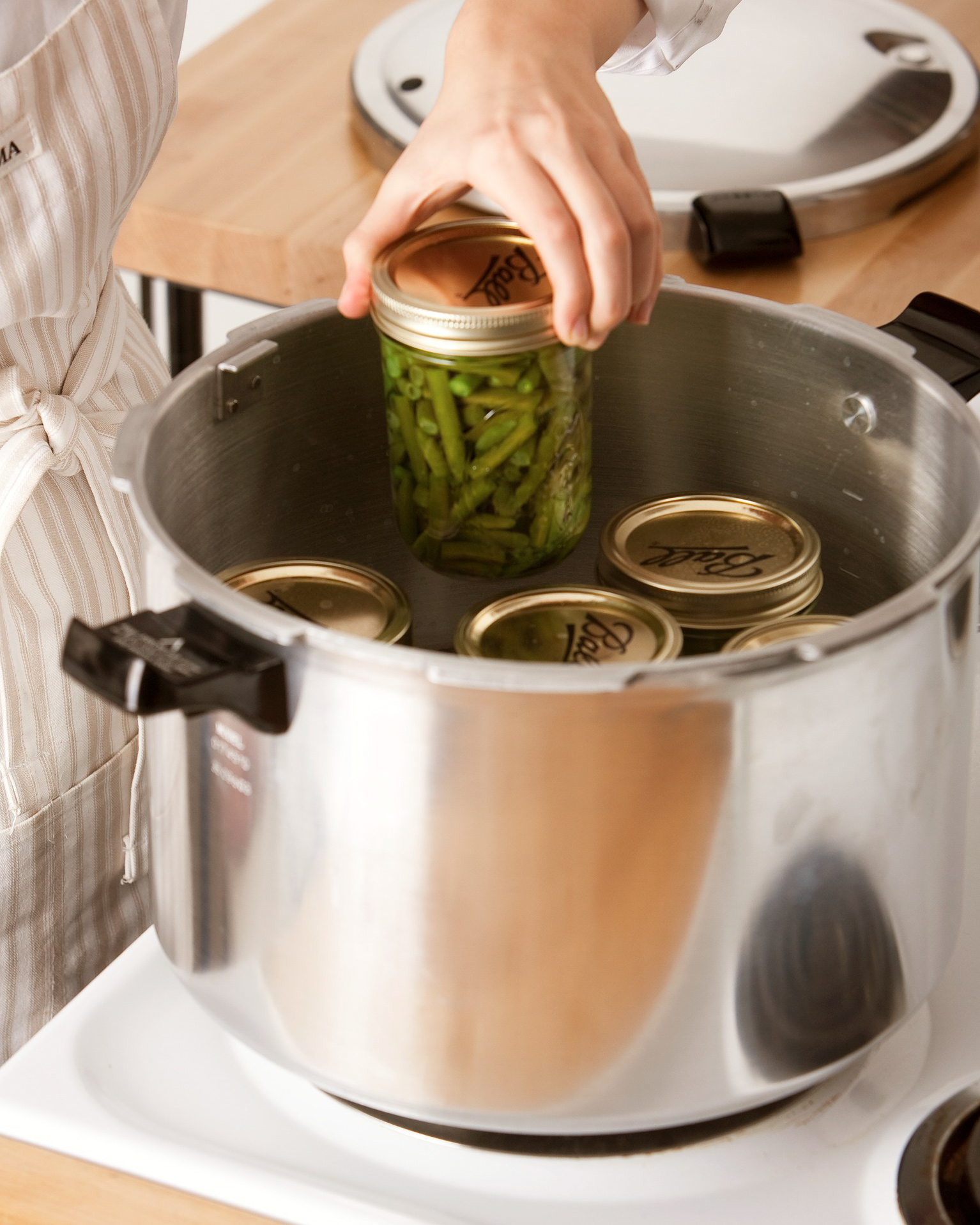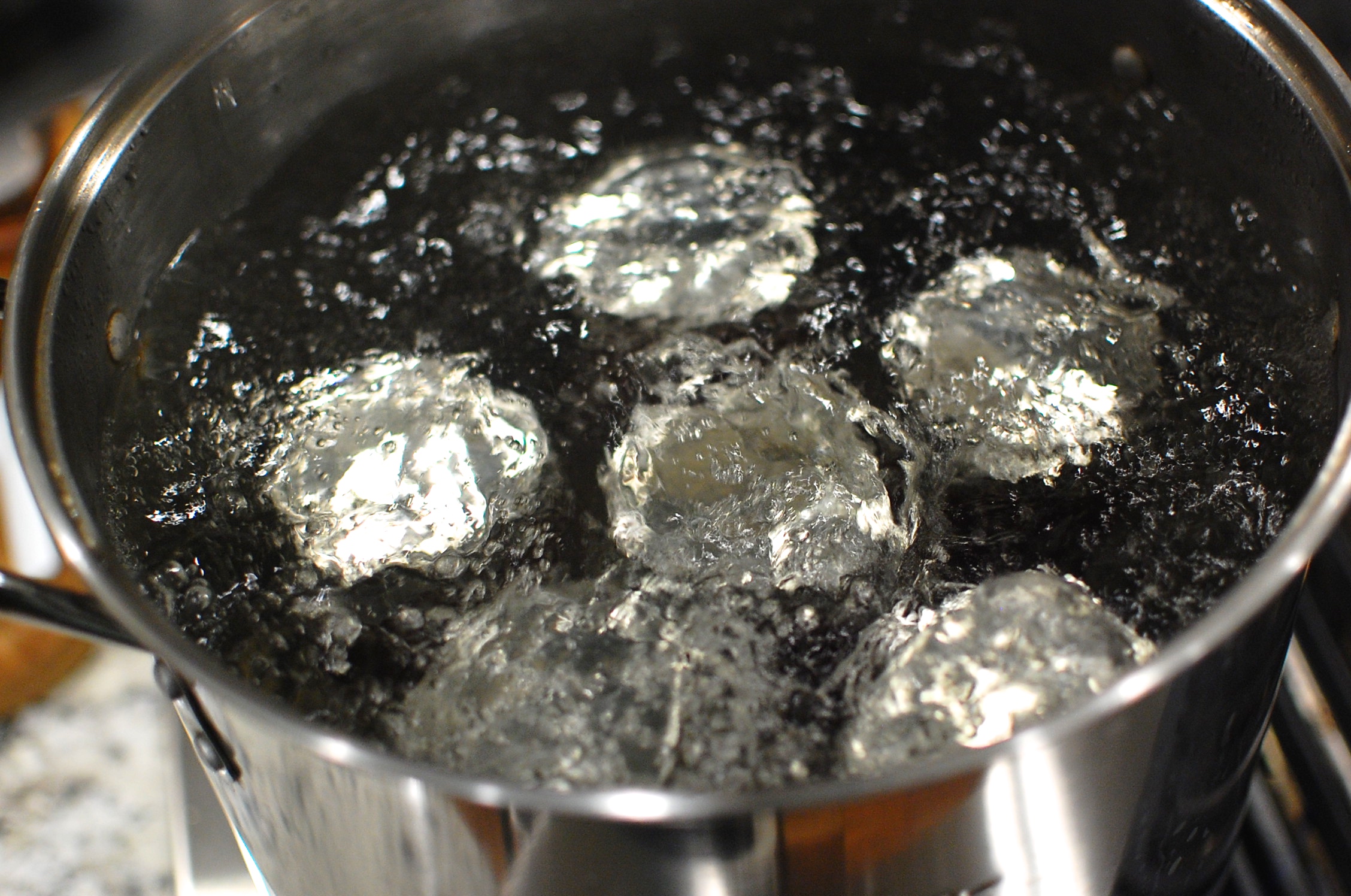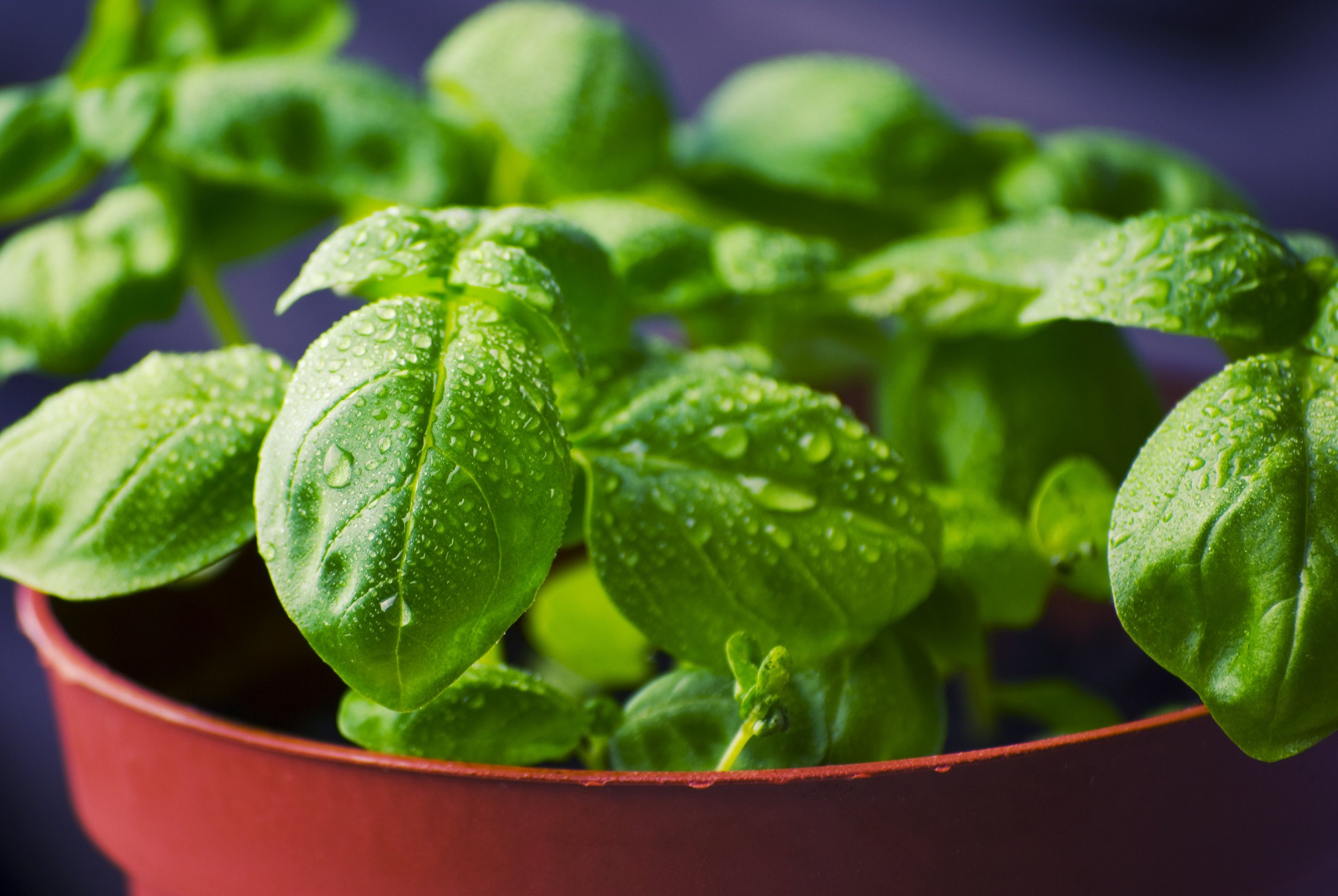
Bob’s Blog

Root Cellaring
In an era where refrigeration and modern preservation techniques dominate, there's a charming resurgence in the age-old practice of root cellaring.

Pressure Canning Basics
Pressure canning is the only safe method of preserving low-acid foods. Low-acid foods include vegetables, meats, fish, and poultry. Pressurized steam creates the needed temperature of 240 degrees Fahrenheit or higher that will destroy the bacterial spores naturally present in these foods. As the jars cool, a vacuum is formed, sealing the food in the jars and preventing any new microorganisms from entering and spoiling the food.

Water Bath Canning Basics
The tasty high-acid menu includes choices ranging from sweet to savory. Fruits, fruit juices, jams, jellies and other fruit spreads, salsas, most tomatoes, pickles, relishes, chutneys, sauces, vinegars and condiments are among items safely preserved using the water bath canning method. Because these common foods contain high amounts of acid or the recipe incorporates the correct balance of acid, water bath canning is the recommended method.

Pinching Basil Plants: Unlocking Their True Potential
Basil, with its vibrant green leaves and distinctive aroma, is a beloved herb that adds a burst of flavor to countless culinary delights. Whether you're growing basil in your garden or nurturing a potted plant on your windowsill, understanding how to care for it is essential.

Growing Summer Squash
It might not seem like it with the current cool weather, but now is the time to start planting summer crops. One summer favorite is yellow squash.

Easy Grape Juice
Grapes are perhaps one of the easiest fruit crops to grow. Once established they are easy to maintain with occasional training of vines and seasonal trimming. It takes newly planted grapes about three years to produce their first good crop.
